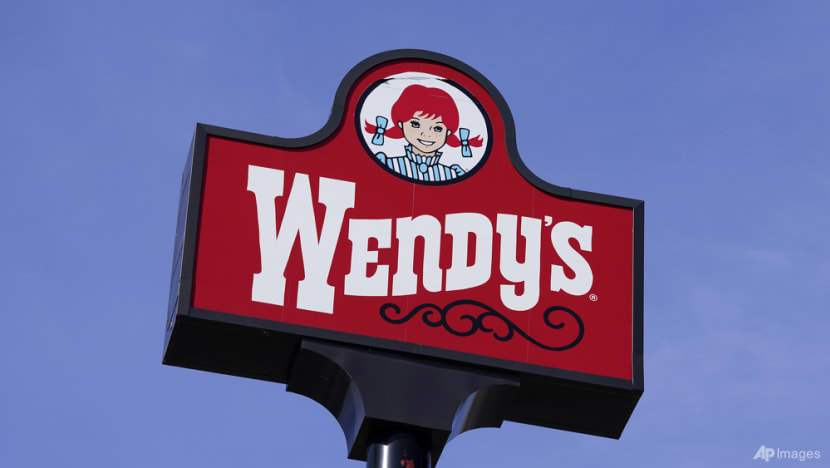Wendy’s, a prominent player in the fast-food industry, is gearing up to introduce a dynamic pricing model, akin to surge pricing, at its restaurants as early as next year. This bold move aims to adjust the prices of menu items in real-time, mirroring demand fluctuations, a strategy already embraced by ride-sharing companies and ticket sellers.
The concept of surge pricing, also known as dynamic pricing, involves adjusting prices based on demand and other contextual factors. In the case of Wendy’s, this would mean that the cost of popular menu items could rise during peak hours or periods of high demand, and decrease during slower times.
While surge pricing is not new in the business world, its application in the fast-food sector signifies a notable shift in strategy. Traditionally, fast-food chains have relied on fixed pricing models, offering consistent prices regardless of the time of day or demand levels. However, with consumer preferences evolving and technology enabling real-time data analysis, businesses are increasingly exploring dynamic pricing as a means to optimize revenue and manage operational efficiency.
The decision by Wendy’s to experiment with surge pricing underscores the company’s commitment to innovation and adaptability in a competitive market landscape. By leveraging technology and consumer data, Wendy’s aims to create a pricing strategy that maximizes profitability while also enhancing customer satisfaction.
One potential benefit of surge pricing for Wendy’s is the ability to incentivize customers to visit during off-peak hours. By offering lower prices during less busy times, the chain could distribute demand more evenly throughout the day, reducing wait times and enhancing the overall dining experience for patrons.
However, the implementation of surge pricing in the fast-food industry is not without its challenges and potential drawbacks. Critics argue that fluctuating prices may lead to customer dissatisfaction or confusion, particularly if not communicated effectively. Additionally, there are concerns about the impact of surge pricing on low-income customers who may be more sensitive to price changes.
To address these concerns, Wendy’s will need to carefully plan and execute its surge pricing strategy, ensuring transparency and fairness for customers. Clear communication about pricing changes, along with targeted promotions and discounts, could help mitigate any negative backlash and maintain customer loyalty.
Ultimately, the success of Wendy’s surge pricing experiment will depend on its ability to strike a balance between maximizing revenue and delivering value to customers. By embracing innovation and embracing dynamic pricing, Wendy’s demonstrates its willingness to adapt to evolving consumer preferences and stay ahead in a competitive market.
As the fast-food industry continues to evolve, with technological advancements and changing consumer behaviors shaping the landscape, dynamic pricing could emerge as a key strategy for companies like Wendy’s to stay relevant and profitable in the years to come.






